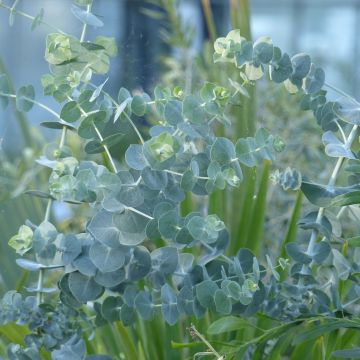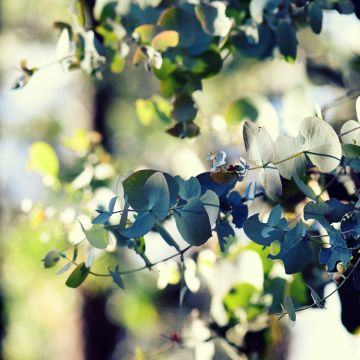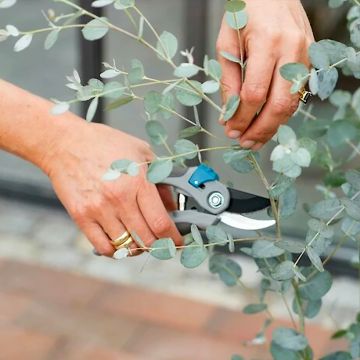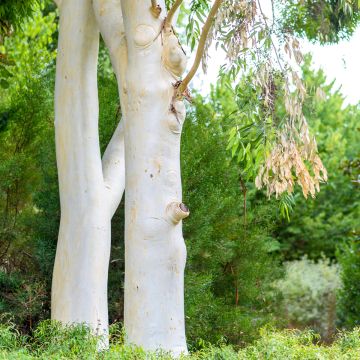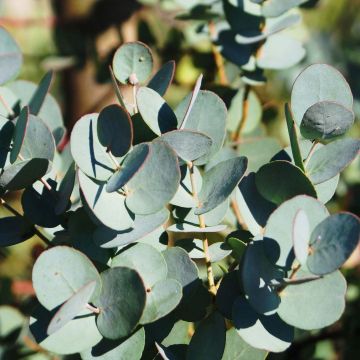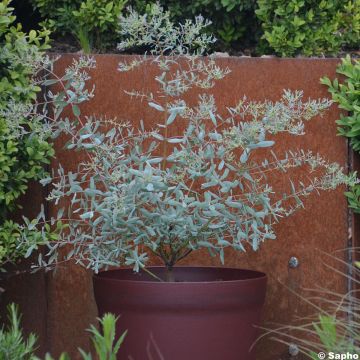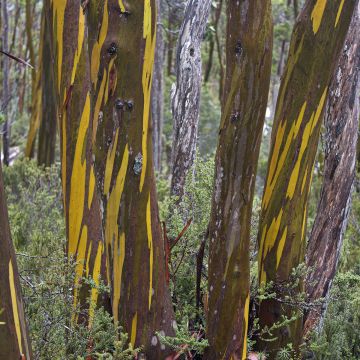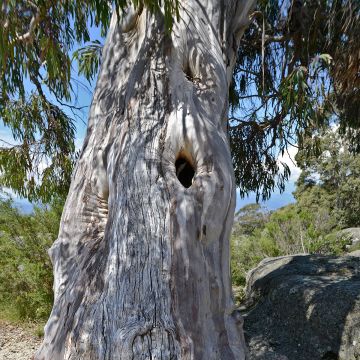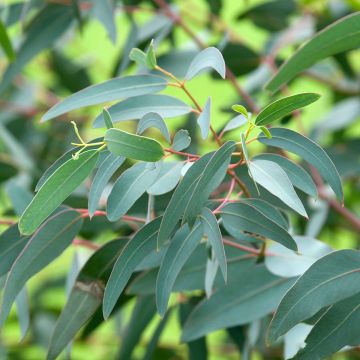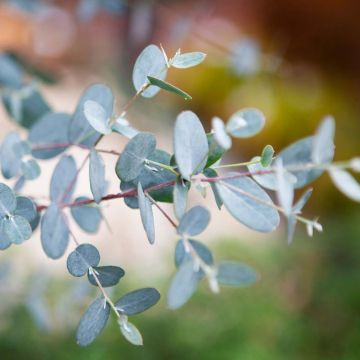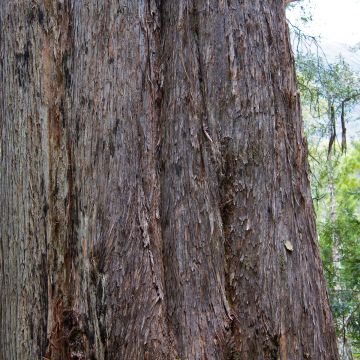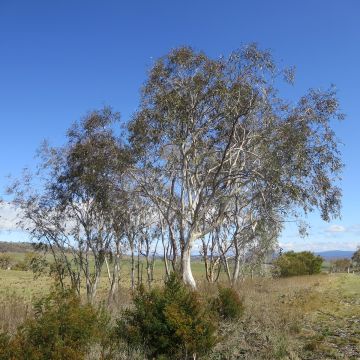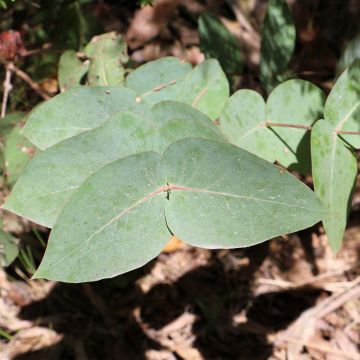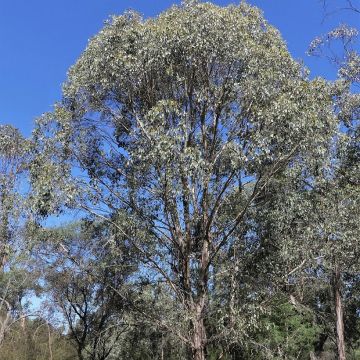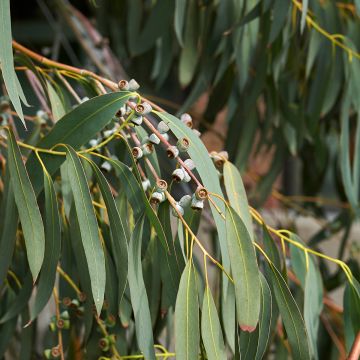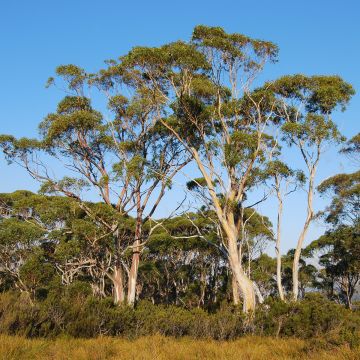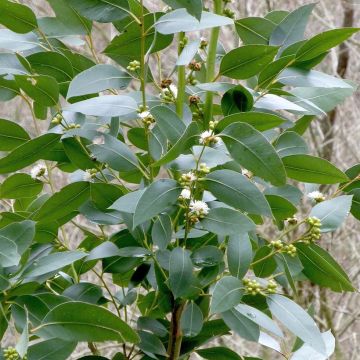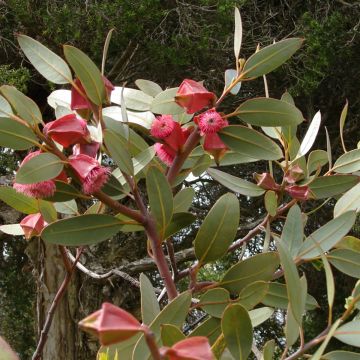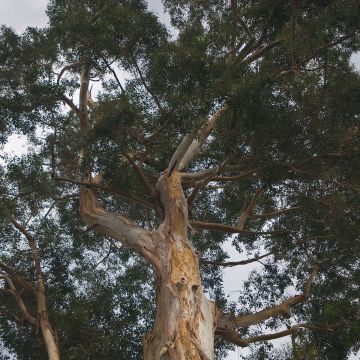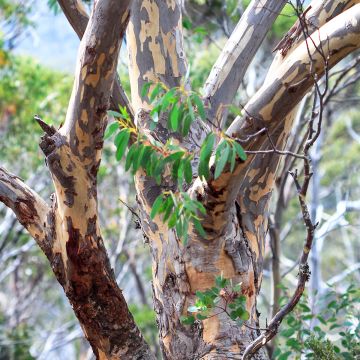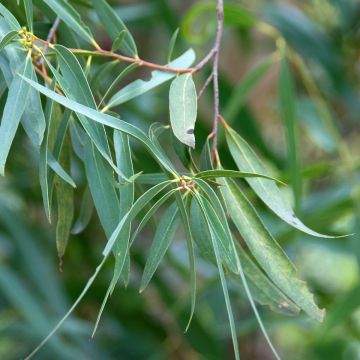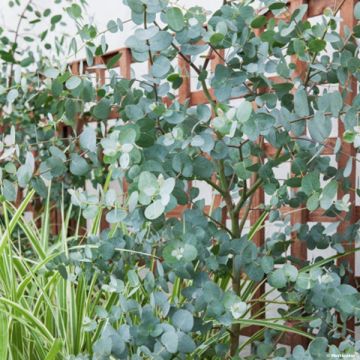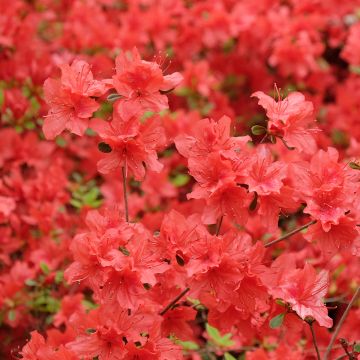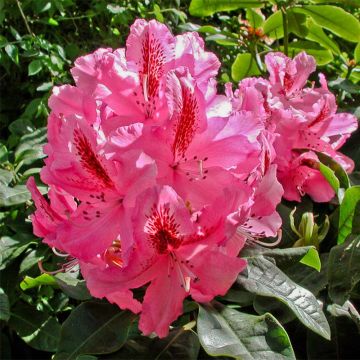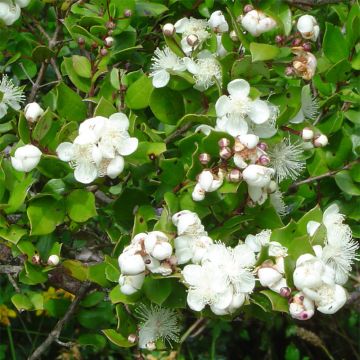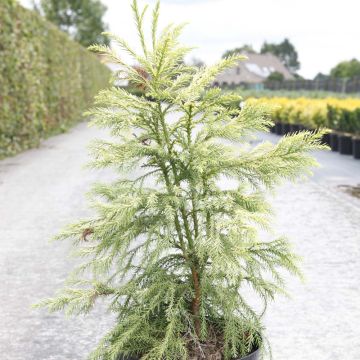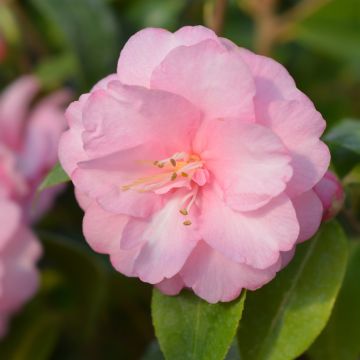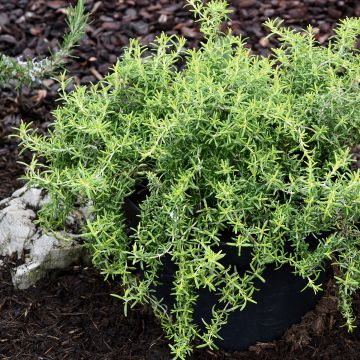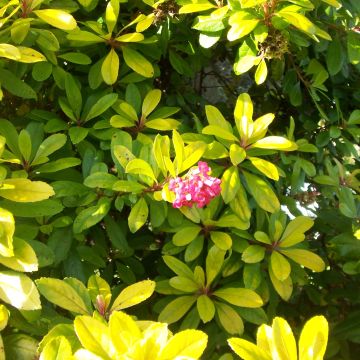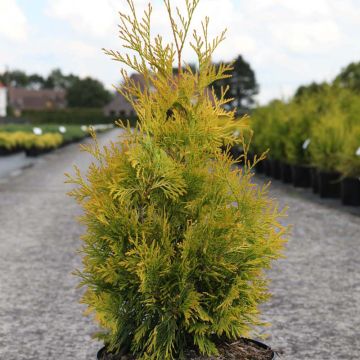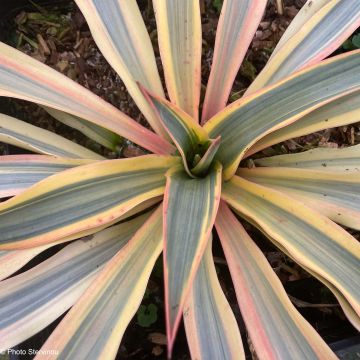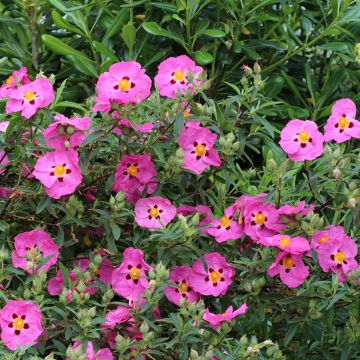Shipping country and language
Your country of residence may be:
Your country of residence is:
For a better user experience on our website, you can select:
Your shipping country:
-
Andorra
-
Austria
-
Belgium
-
Bulgaria
-
Canada
-
Chile
-
Croatia
-
Cyprus
-
Czechia
-
Denmark
-
Estonia
-
Finland
-
France
-
Germany
-
Greece
-
Hungary
-
Iceland
-
Ireland
-
Italy
-
Latvia
-
Lithuania
-
Luxembourg
-
Malta
-
Monaco
-
Netherlands
-
Poland
-
Portugal
-
Romania
-
Slovakia
-
Slovenia
-
Spain
-
Sweden
-
Switzerland
-
United Kingdom
We only deliver seed and bulb products to your country. If you add other products to your basket, they cannot be shipped.
Language:
-
French
-
German
-
Spanish
-
English
-
Italian
My Account
Hello
My wish lists
Log in / Register
Existing customer?
New customer?
Create an account to track your orders, access our customer service and, if you wish, make the most of our upcoming offers.
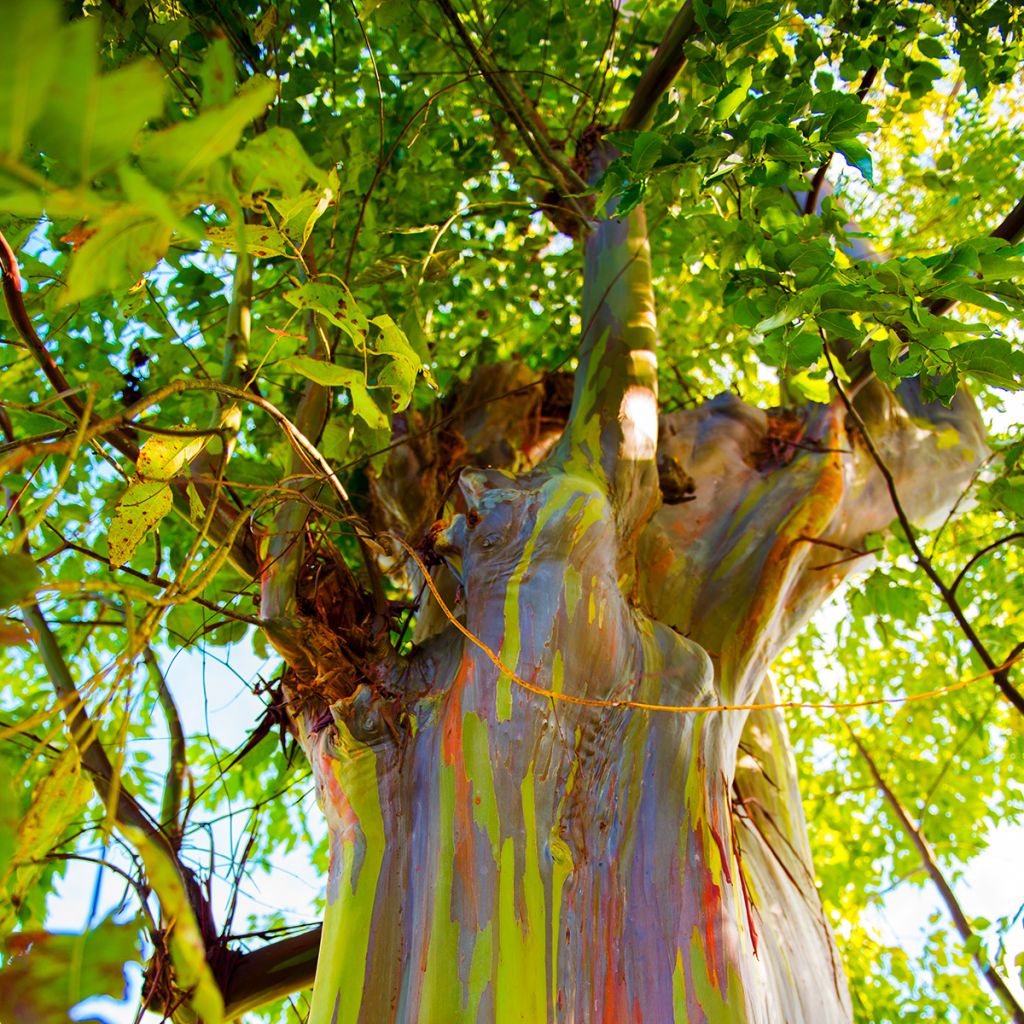

Eucalyptus deglupta
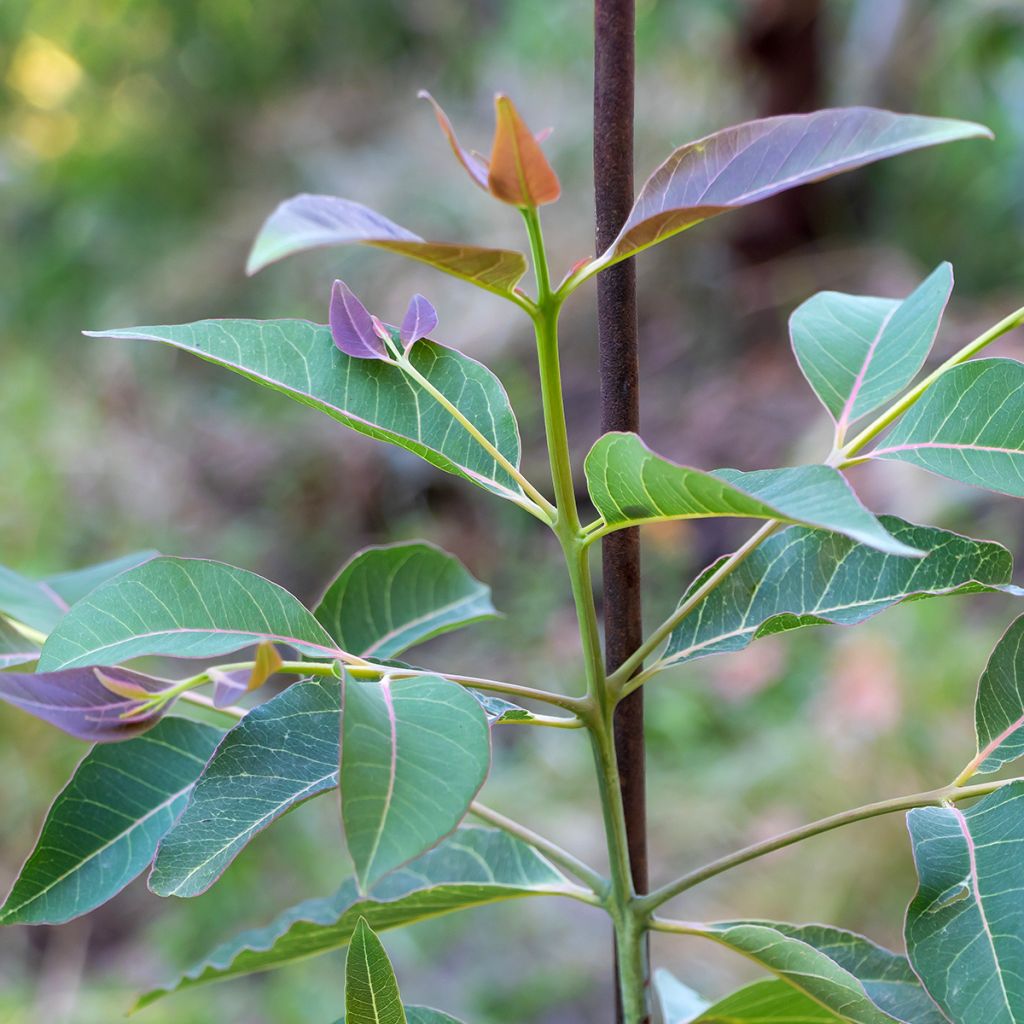

Eucalyptus deglupta
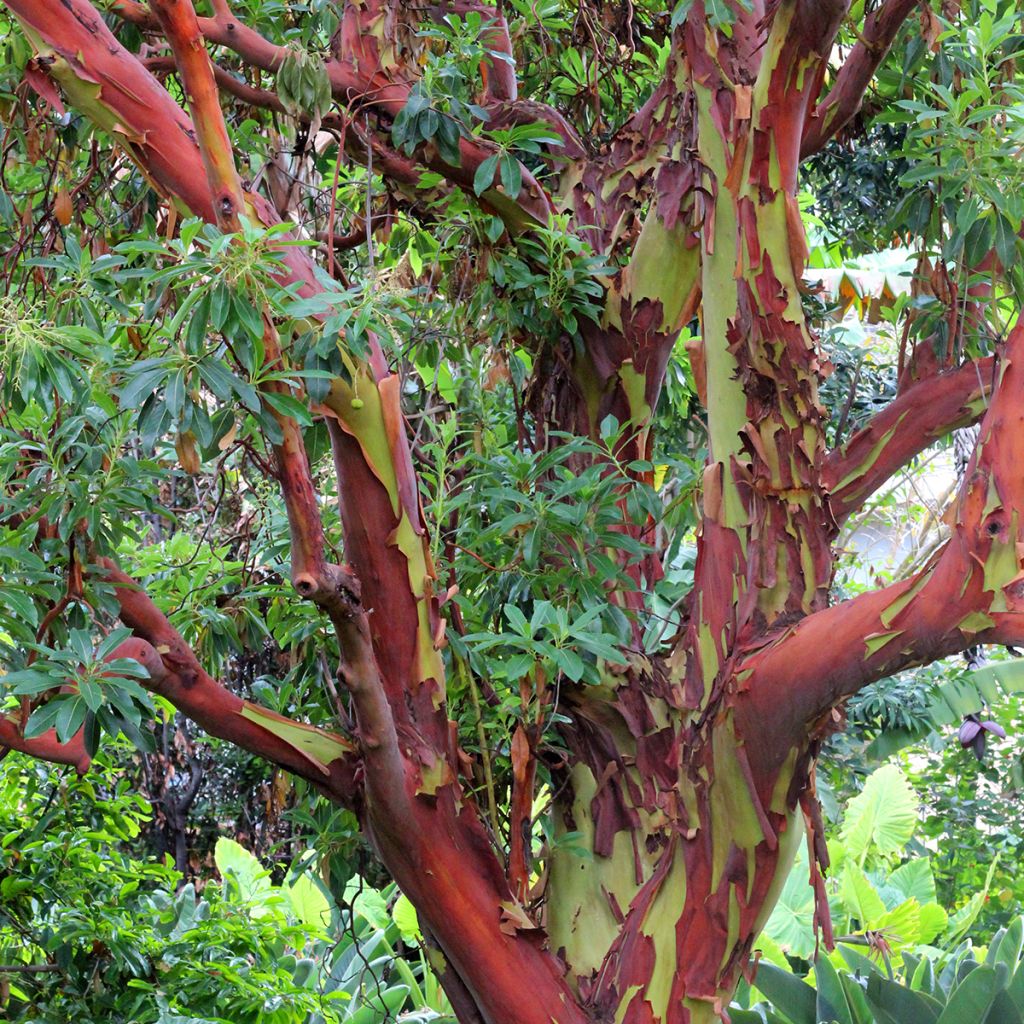

Eucalyptus deglupta
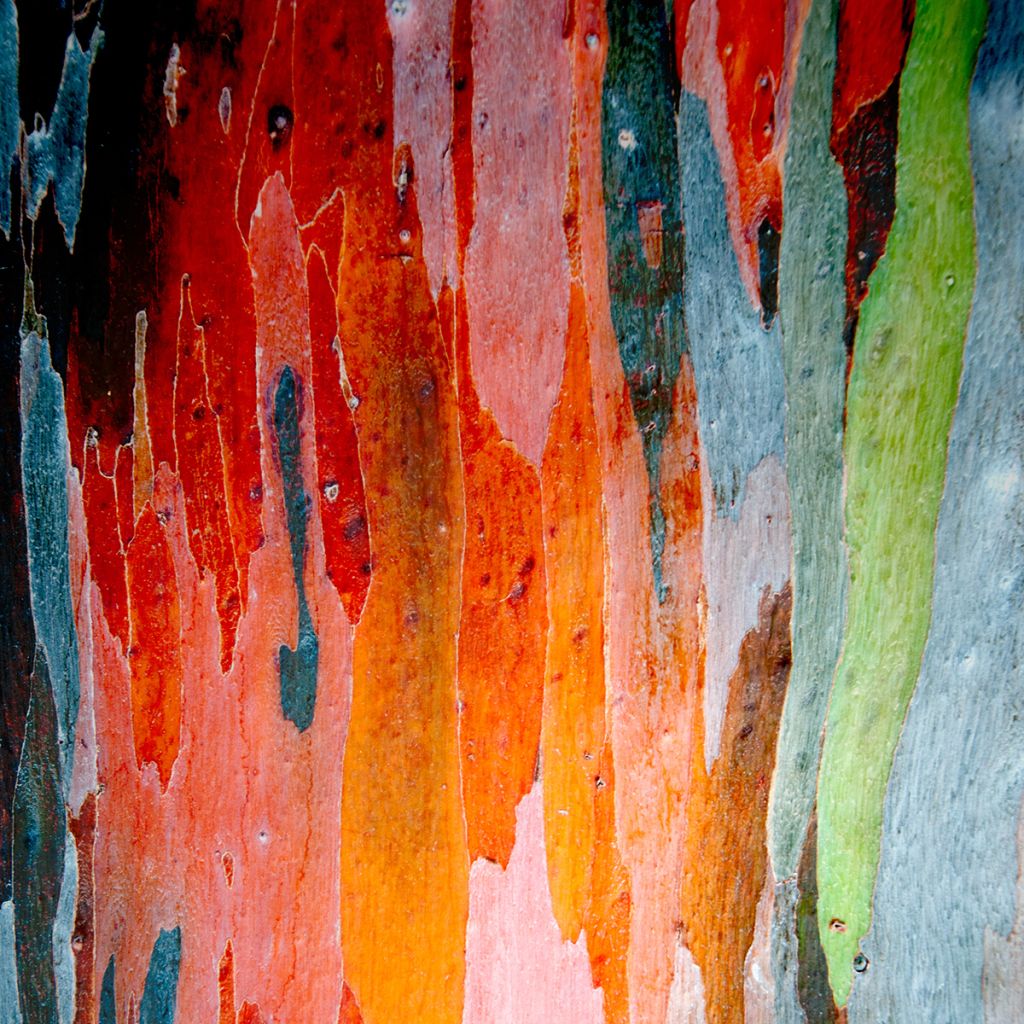

Eucalyptus deglupta
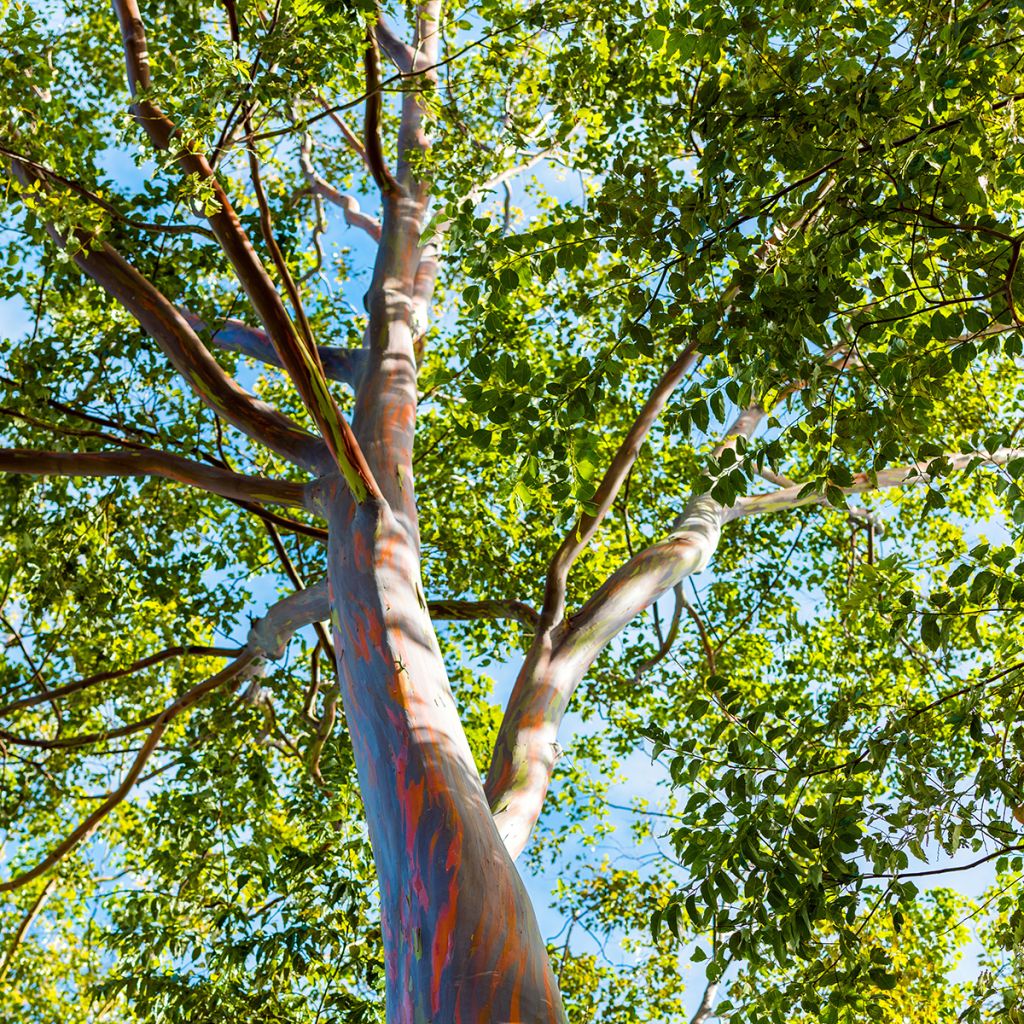

Eucalyptus deglupta
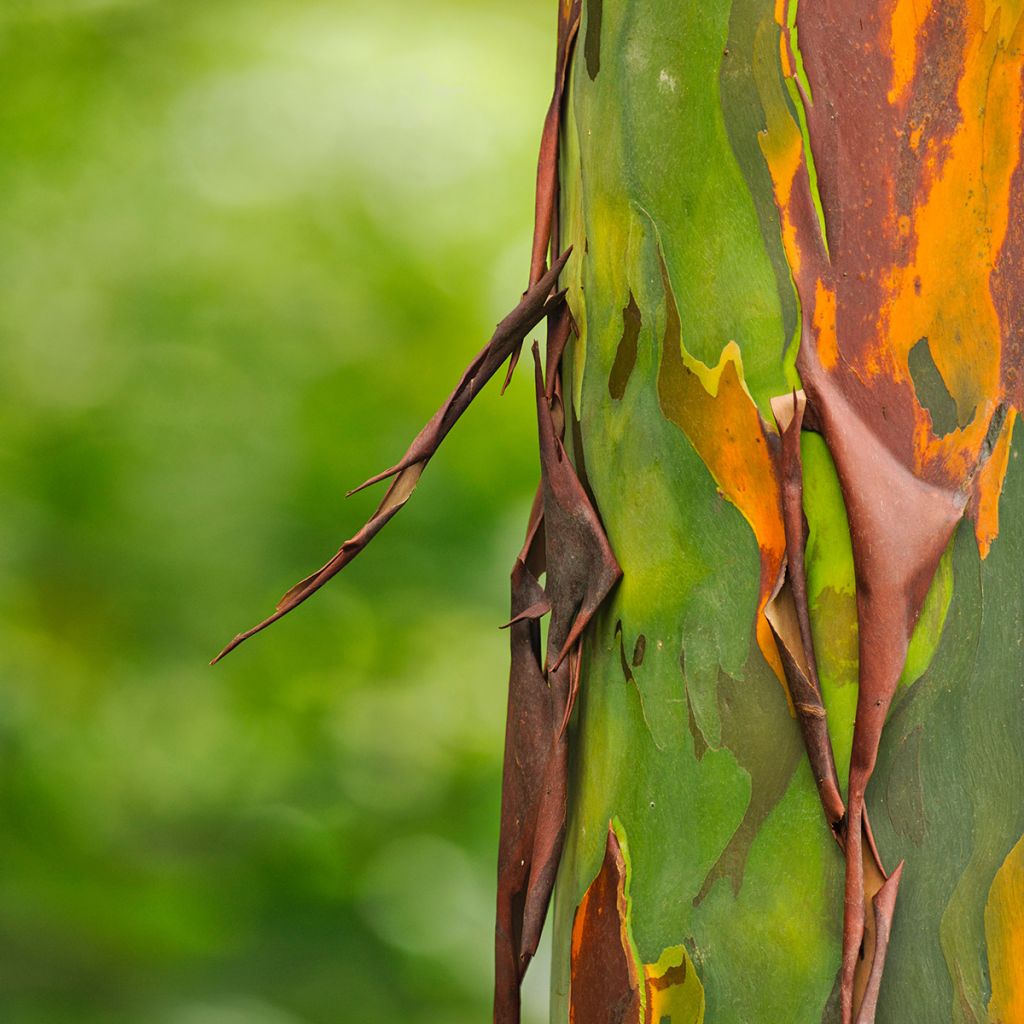

Eucalyptus deglupta
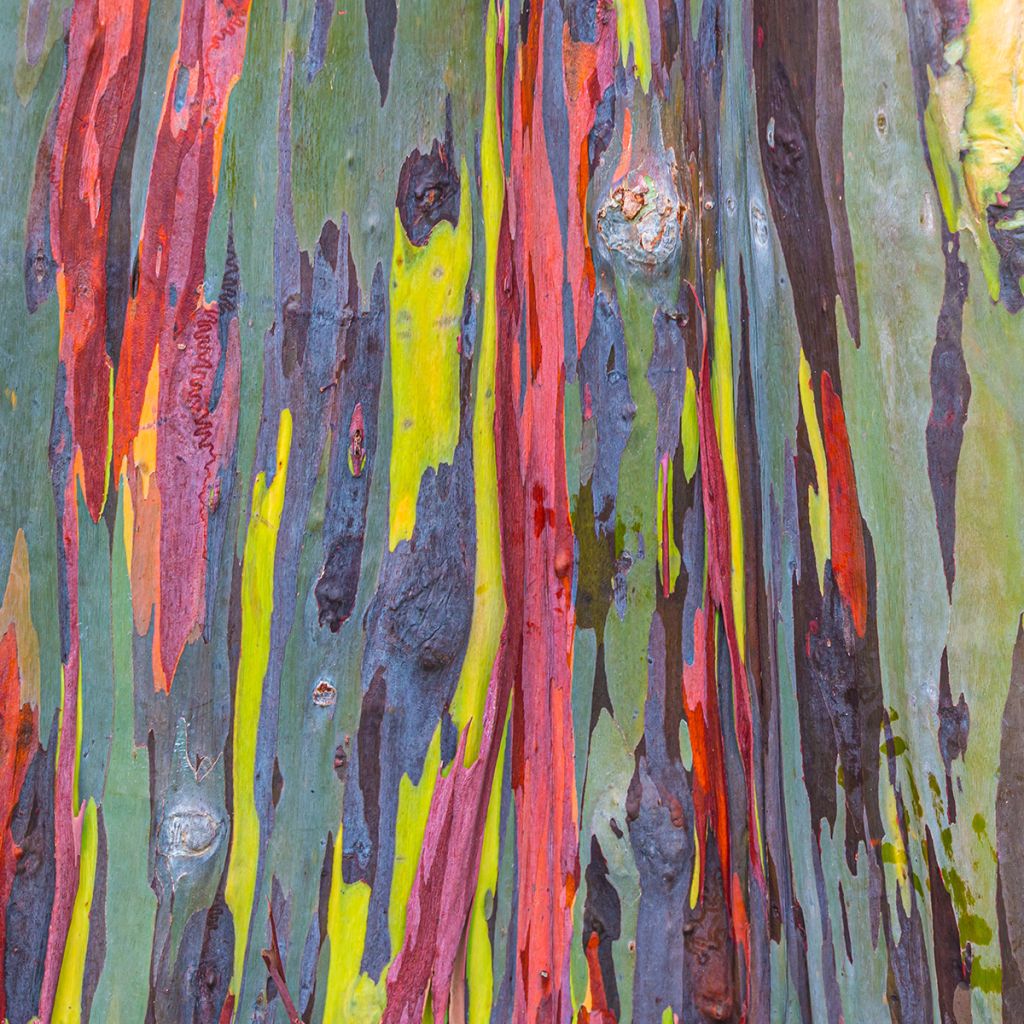

Eucalyptus deglupta
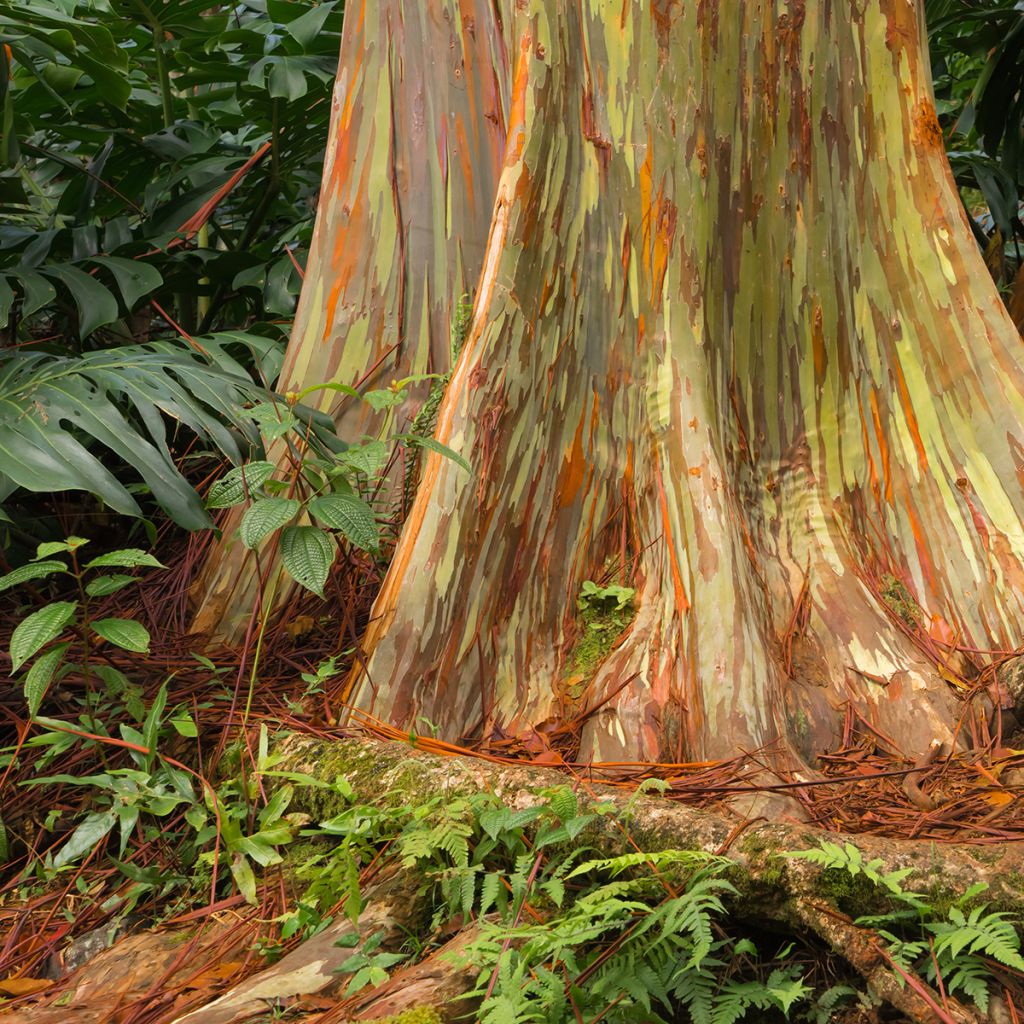

Eucalyptus deglupta
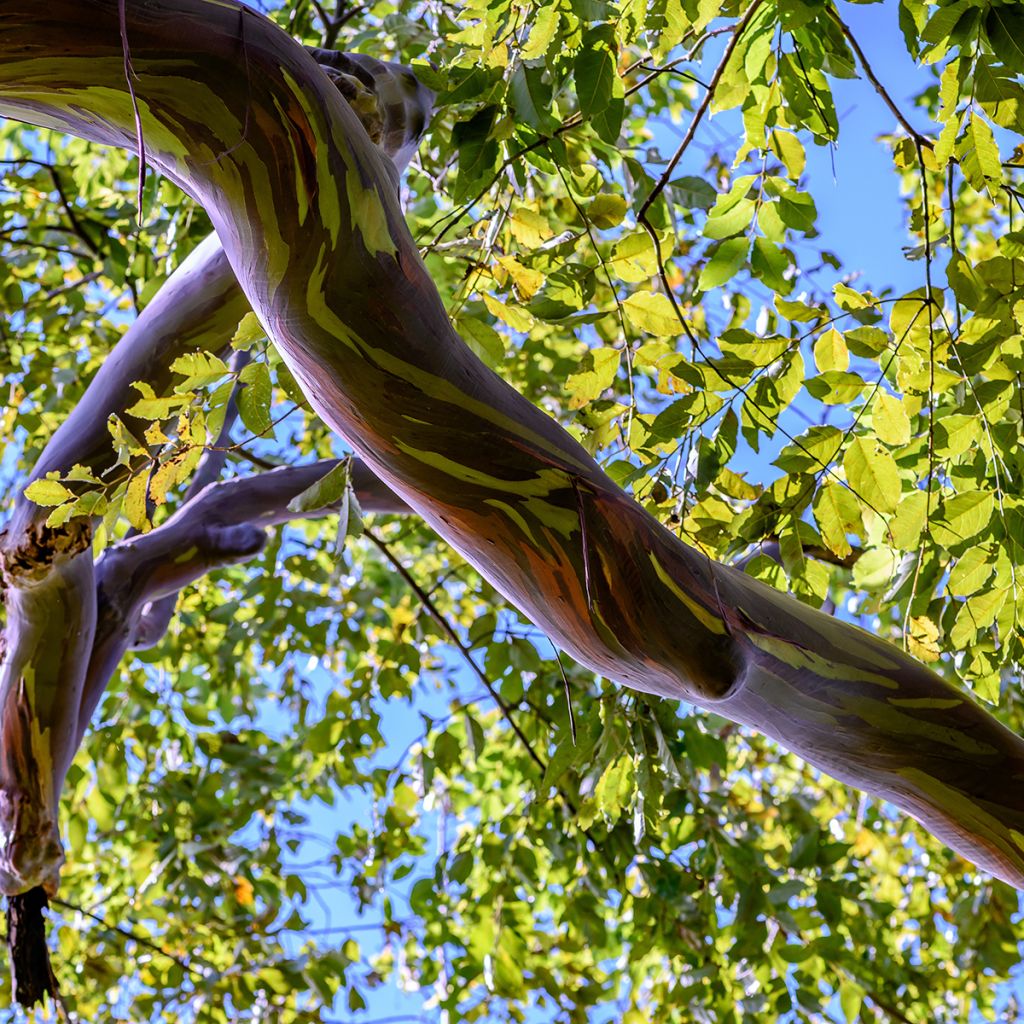

Eucalyptus deglupta
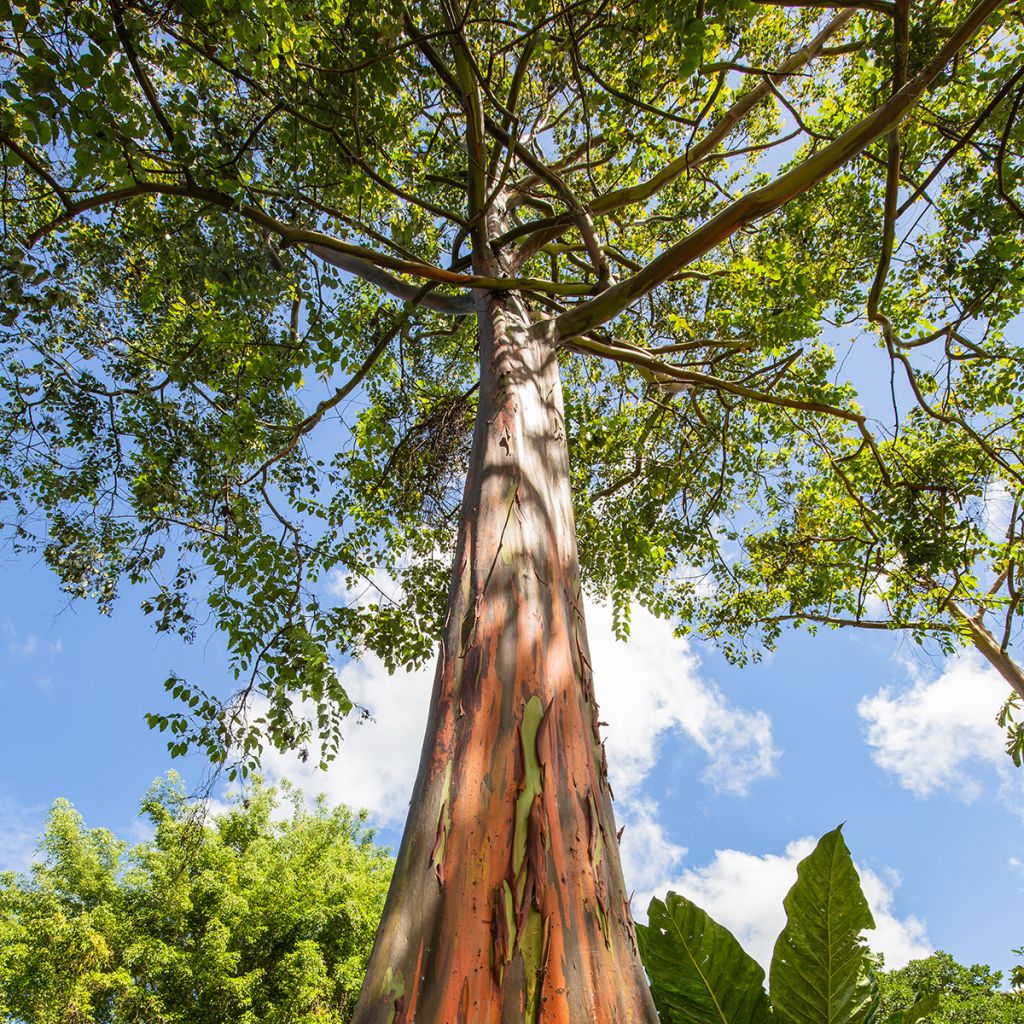

Eucalyptus deglupta
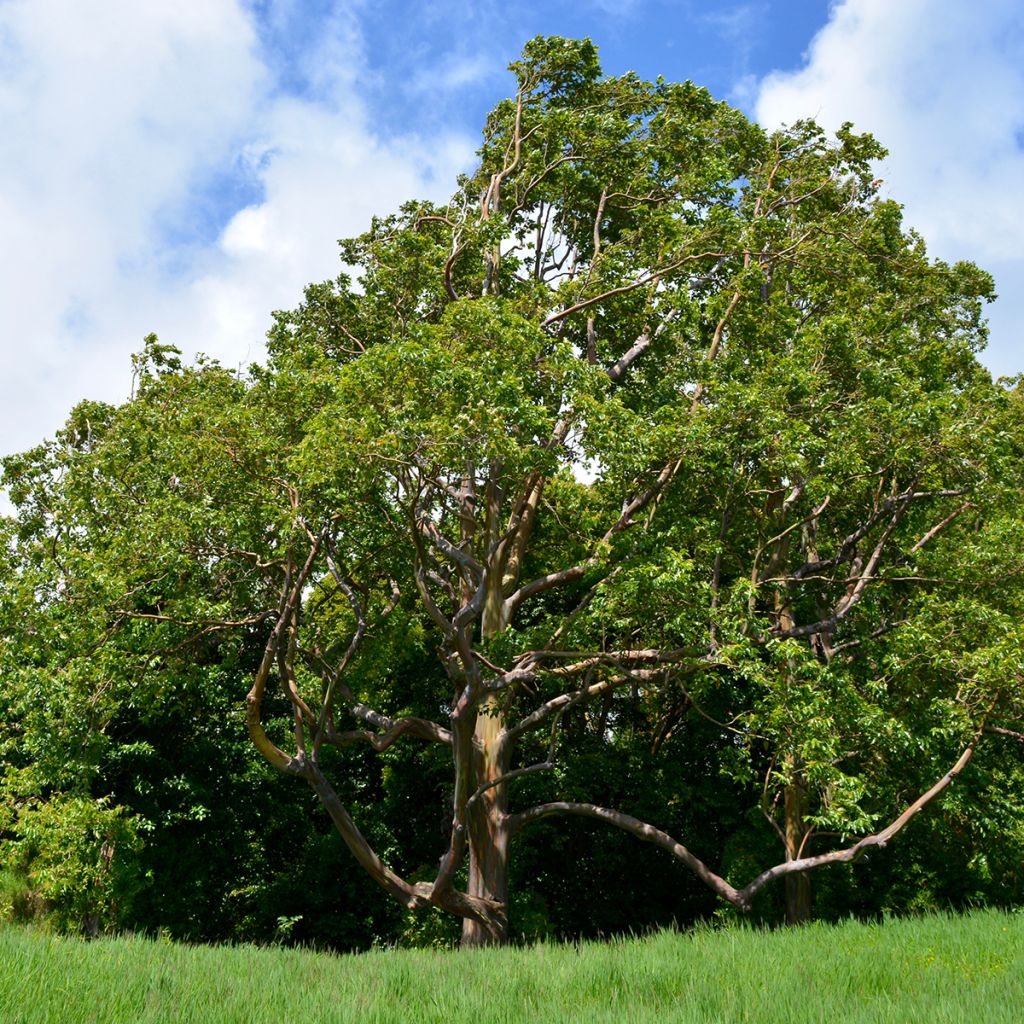

Eucalyptus deglupta
Eucalyptus deglupta
Eucalyptus deglupta
Rainbow Eucalyptus, Mindanao Gum, Rainbow Gum
Why not try an alternative variety in stock?
View all →Order in the next for dispatch today!
Dispatch by letter from €3.90.
Delivery charge from €5.90 Oversize package delivery charge from €6.90.
Current delivery delay: 2 days.
More information
This item is not available in your country.
Schedule delivery date,
and select date in basket
This plant carries a 24 months recovery warranty
More information
We guarantee the quality of our plants for a full growing cycle, and will replace at our expense any plant that fails to recover under normal climatic and planting conditions.
From €5.90 for pickup delivery and €6.90 for home delivery
Express home delivery from €8.90.
Does this plant fit my garden?
Set up your Plantfit profile →
Description
Eucalyptus deglupta is one of the most beautiful, large trees in the world, with an incredible stature, its multicoloured trunk undoubtedly leads to its name of Rainbow Eucalyptus. Native to tropical regions, it dislikes the cold and tolerates high temperatures with a high humidity level. In its natural environment, aside from its status as an ornamental tree, it serves as a forestry tree, providing essential resources thanks to its wood.
Eucalyptus deglupta is a species native to Mindanao, an island of the Philippines archipelago. It is also found naturally in Hawaii, New Britain, French Polynesia, as well as the Indonesian islands of New Guinea, Seram and Sulawesi. In these exotic or tropical regions, it grows in a humid and warm climate. Belonging to the Myrtaceae family, it is commonly called: Rainbow Gum or Rainbow Eucalyptus. The designation deglupta comes from the Latin degluptere which means: to peel. It should be noted that among the 900 species of eucalyptus, it is the only one not to produce essential oil. In many countries this eucalyptus is called Kamarere and is cultivated for the production of paper pulp, used in cabinetmaking for the production of plywood and particle boards or simply as firewood.
This eucalyptus forms a tree with a straight trunk, an upright and balanced habit. With very rapid growth, in the first years, it can grow 2 to 3 m (6 ft 7 in to 9 ft 10 in) high and 2 to 3 cm (0.8 to 1.2 in) in diameter per year. In its natural environment, it reaches a height of 60 to 80 m (196 ft 11 in to 262 ft 6 in). It sports an evergreen foliage made up of single and alternate leaves, ovate in shape, with a short petiole, in a lovely bluish green. As the tree ages, it loses its bark, continuously and at different times. It flakes off in thin strips, revealing a sub-layer, marked with extremely colourful vertical spots, which evolve over time. In tropical climates, flowering occurs sporadically, on plants a few years old. The inflorescence is made up of floral buds gathered into a tight bouquet and blooms into small flowers with numerous cream-white anthers, forming a pompon about 1.5 cm (0.6 in) in diameter. Rich in nectar, they are very attractive to bees. After flowering, the fruits appear in the form of a woody, hemispherical capsule, attached to the branch by a short petiole, containing tiny brown-black seeds.
The Rainbow Eucalyptus can find a place in a large garden provided it can withstand hardiness close to 0°C, planted alone, in a clear space, to appreciate the elegance of its stature and the beauty of its bark. More generally in our climates, it will be for collectors or bonsai enthusiasts. Grown in a pot, it requires a light and filtering potting medium, based on a neutral (non-acidic) substrate supplemented with perlite, sand or pumice, on a draining bed composed of gravel or expanded clay. In winter, it is advisable to bring the Eucalyptus deglupta indoors, in a bright room, possibly heated.
Report an error about the product description
Eucalyptus deglupta in pictures




Plant habit
Flowering
Foliage
Botanical data
Eucalyptus
deglupta
Myrtaceae
Rainbow Eucalyptus, Mindanao Gum, Rainbow Gum
Southeast Asia
Other Eucalyptus
Planting and care
The Rainbow Eucalyptus, does not withstand frost, so its location must be carefully chosen. It is best planted at the beginning of spring in cold regions, and at the beginning of autumn in dry and hot climates, in well-prepared soil, not too dry to moist and a very sunny situation. Clay or loamy soils, even chalky, are tolerated, as long as they are well-draining. Young plants are more sensitive to frost so it is necessary to protect them. If you plant it in the open ground, ensure good drainage by adding coarse sand, pozzolan or non-chalky gravel. Then let nature take its course, growth is rapid.
For the first two years watering is necessary, then the bush can do completely without watering in summer. Fertiliser is not recommended. Pruning is not necessary, let the unique habit of this superb eucalyptus express itself.
Young plants establish most easily in the open ground. The deep root system of the Eucalyptus does not like to be disturbed. Choose its location carefully.
Planting period
Intended location
Care
This item has not been reviewed yet - be the first to leave a review about it.
Evergreen shrubs
Haven't found what you were looking for?
Hardiness is the lowest winter temperature a plant can endure without suffering serious damage or even dying. However, hardiness is affected by location (a sheltered area, such as a patio), protection (winter cover) and soil type (hardiness is improved by well-drained soil).

Photo Sharing Terms & Conditions
In order to encourage gardeners to interact and share their experiences, Promesse de fleurs offers various media enabling content to be uploaded onto its Site - in particular via the ‘Photo sharing’ module.
The User agrees to refrain from:
- Posting any content that is illegal, prejudicial, insulting, racist, inciteful to hatred, revisionist, contrary to public decency, that infringes on privacy or on the privacy rights of third parties, in particular the publicity rights of persons and goods, intellectual property rights, or the right to privacy.
- Submitting content on behalf of a third party;
- Impersonate the identity of a third party and/or publish any personal information about a third party;
In general, the User undertakes to refrain from any unethical behaviour.
All Content (in particular text, comments, files, images, photos, videos, creative works, etc.), which may be subject to property or intellectual property rights, image or other private rights, shall remain the property of the User, subject to the limited rights granted by the terms of the licence granted by Promesse de fleurs as stated below. Users are at liberty to publish or not to publish such Content on the Site, notably via the ‘Photo Sharing’ facility, and accept that this Content shall be made public and freely accessible, notably on the Internet.
Users further acknowledge, undertake to have ,and guarantee that they hold all necessary rights and permissions to publish such material on the Site, in particular with regard to the legislation in force pertaining to any privacy, property, intellectual property, image, or contractual rights, or rights of any other nature. By publishing such Content on the Site, Users acknowledge accepting full liability as publishers of the Content within the meaning of the law, and grant Promesse de fleurs, free of charge, an inclusive, worldwide licence for the said Content for the entire duration of its publication, including all reproduction, representation, up/downloading, displaying, performing, transmission, and storage rights.
Users also grant permission for their name to be linked to the Content and accept that this link may not always be made available.
By engaging in posting material, Users consent to their Content becoming automatically accessible on the Internet, in particular on other sites and/or blogs and/or web pages of the Promesse de fleurs site, including in particular social pages and the Promesse de fleurs catalogue.
Users may secure the removal of entrusted content free of charge by issuing a simple request via our contact form.
The flowering period indicated on our website applies to countries and regions located in USDA zone 8 (France, the United Kingdom, Ireland, the Netherlands, etc.)
It will vary according to where you live:
- In zones 9 to 10 (Italy, Spain, Greece, etc.), flowering will occur about 2 to 4 weeks earlier.
- In zones 6 to 7 (Germany, Poland, Slovenia, and lower mountainous regions), flowering will be delayed by 2 to 3 weeks.
- In zone 5 (Central Europe, Scandinavia), blooming will be delayed by 3 to 5 weeks.
In temperate climates, pruning of spring-flowering shrubs (forsythia, spireas, etc.) should be done just after flowering.
Pruning of summer-flowering shrubs (Indian Lilac, Perovskia, etc.) can be done in winter or spring.
In cold regions as well as with frost-sensitive plants, avoid pruning too early when severe frosts may still occur.
The planting period indicated on our website applies to countries and regions located in USDA zone 8 (France, United Kingdom, Ireland, Netherlands).
It will vary according to where you live:
- In Mediterranean zones (Marseille, Madrid, Milan, etc.), autumn and winter are the best planting periods.
- In continental zones (Strasbourg, Munich, Vienna, etc.), delay planting by 2 to 3 weeks in spring and bring it forward by 2 to 4 weeks in autumn.
- In mountainous regions (the Alps, Pyrenees, Carpathians, etc.), it is best to plant in late spring (May-June) or late summer (August-September).
The harvesting period indicated on our website applies to countries and regions in USDA zone 8 (France, England, Ireland, the Netherlands).
In colder areas (Scandinavia, Poland, Austria...) fruit and vegetable harvests are likely to be delayed by 3-4 weeks.
In warmer areas (Italy, Spain, Greece, etc.), harvesting will probably take place earlier, depending on weather conditions.
The sowing periods indicated on our website apply to countries and regions within USDA Zone 8 (France, UK, Ireland, Netherlands).
In colder areas (Scandinavia, Poland, Austria...), delay any outdoor sowing by 3-4 weeks, or sow under glass.
In warmer climes (Italy, Spain, Greece, etc.), bring outdoor sowing forward by a few weeks.
